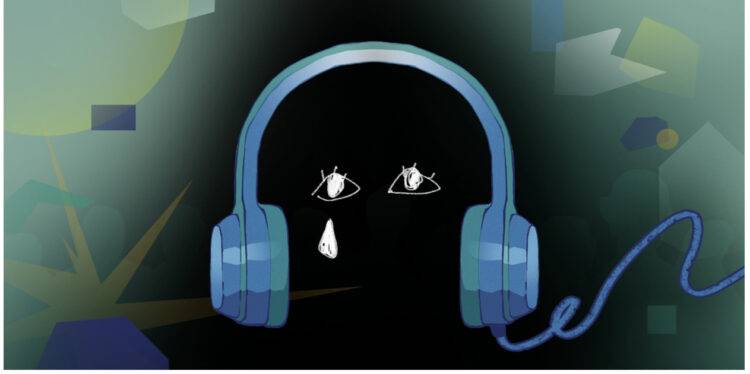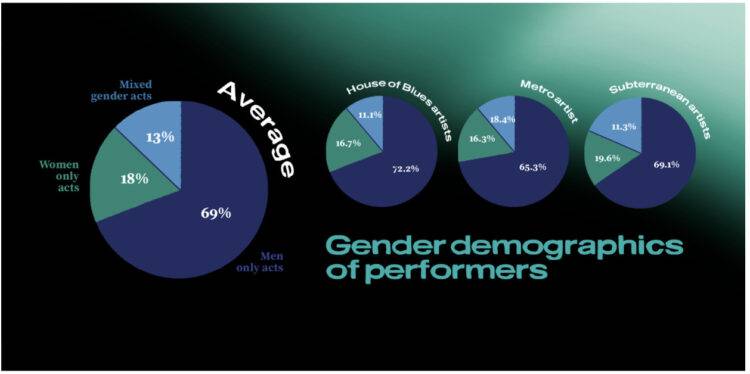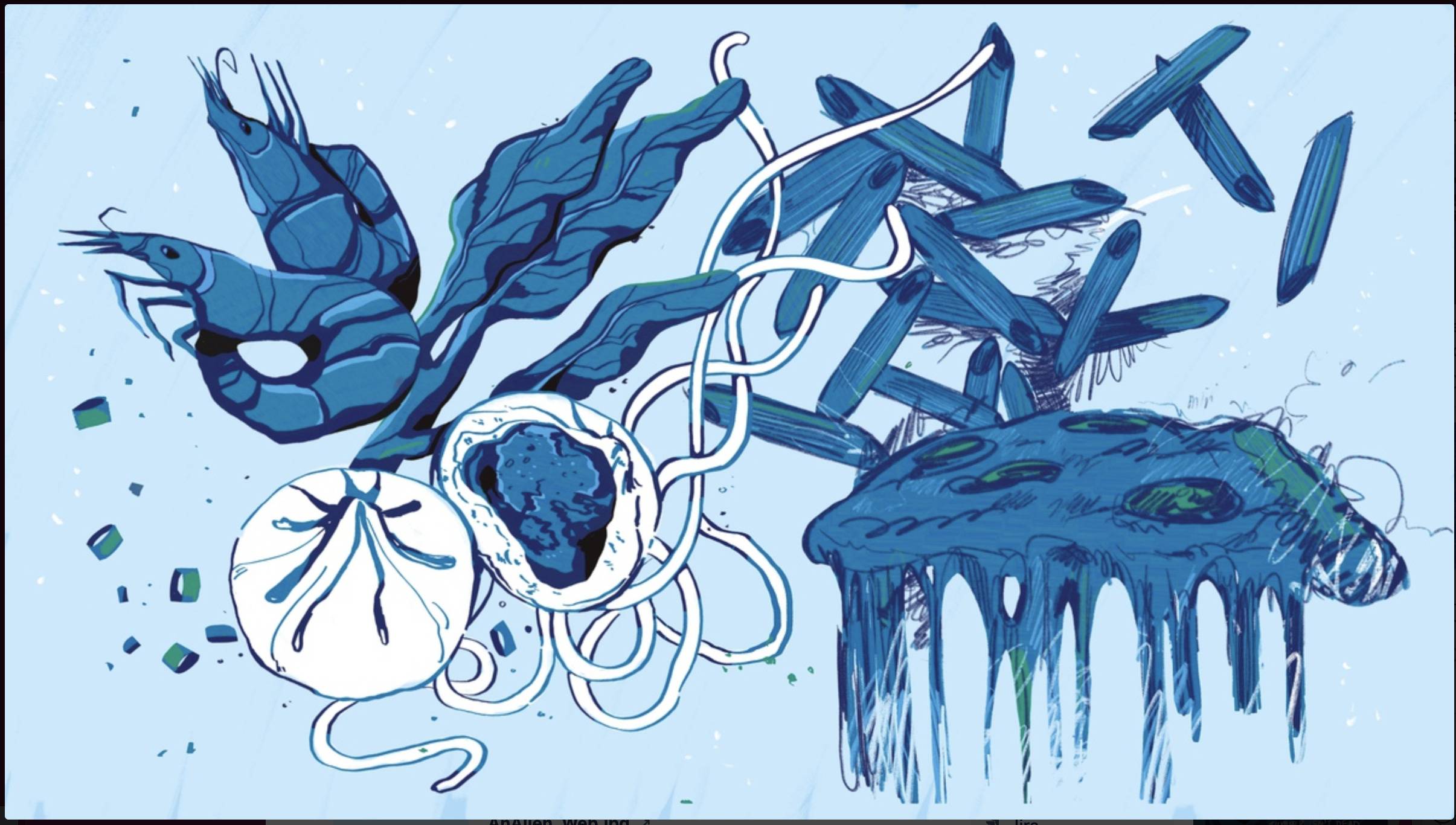
I spent my teenage years attending concert after concert headlined almost entirely by men. In early 2017 I was a 14-year-old girl who had suddenly decided to make live music my entire personality. Throughout my high school years leading up to the pandemic I attended nearly 50 concerts and around six music festivals. It was nearly two years after my first concert that I saw a band with a woman in it, and I wouldn’t see a musical act with entirely female members until the summer of 2022. That was my high school experience, but is this the experience of high schoolers now?
In 2016, Huffington Post analyzed the gender breakdown of 10 music festivals and found that 78 percent of the acts only featured performers who were men, 10 percent featured mixed-gender groups, and 12 percent featured women-only groups. In 2018, an article from Pitchfork tracked 19 music festivals and found that the number of female acts increased over the past year, but there was still a large disparity between male and female acts: 74 percent male, 12 percent mixed, and 14 percent female in 2017; changed to 70 percent male, 11 percent mixed, and 19 percent female in 2018.
Across the board, women are not performing as artists in festivals as often as men are regardless of the genre. However, women almost equally make up the audience of festivals regardless of the genre. In 2016 Eventbrite (a ticketing platform) released an article saying 59 percent of festivalgoers were male and 41 percent were female. A 2023 Statista study found that 61 percent of summer festival attendees were women and 39 percent were men.
Generally, regardless of genre, music festivals have a fairly even split in the gender demographic of festival attendees — but that breakdown doesn’t exist for musical acts.
In November 2023, When We Were Young Fest, a newer popular music festival featuring pop-punk, emo, and early-2000s alternative bands, announced their 2024 lineup that contained only two bands with women in them out of the 53-band lineup. The festival eventually added more acts featuring women, but this was after hundreds of complaints, which included numerous complaints that the festival received for the same issue in their lineups over the past two years.
In some way, this backlash represents a good change in the music scene. People cared about women being left out of the lineup so much that more women were added to the lineup of the festival; however, no major music publications wrote about the lack of female acts or the influx of complaints the festival received.
One of the most discouraging parts of researching the disparity in musical acts by gender is the lack of available information. There are few resources that have information about the demographics of live music events, and the places that do have information specify the type of live music events but are unspecific about what the information is based on.
For example, most studies I found didn’t say what festivals or music events their studies followed, and many of the resources I found were dedicated to following festivals for only one genre of music, which means the information is available but limited to those specific genres.
In addition to the lack of available information, there was also no specificity around the terms “women” and “female” when referring to the gender divide in both audience and performers. Both terms are not defined by the studies and are used interchangeably.
Festivals are not the only places where the audience is not fully represented by the performers, but the data on venues does not get the same attention, even though the acts performed at venues are public information that anyone could collect.
So I conducted my own research on three venues in Chicago that are all around the same size: House of Blues Chicago, Metro, and Subterranean. I tracked the gender demographics of artists that have either played or will play these venues in 2024 as of February. I used the terms “women” and “men” instead of “female” and “male” to look at gender rather than biological sex. The statistics don’t include comedy club nights, non-DJ-based dance nights (i.e., 90s Dance Party or Emo Nite), or any events that didn’t specify the artist playing during the event. I also excluded opening bands and only focused on headliners.

The House of Blues Chicago has 54 criteria-meeting musical acts that have played events or will play events in 2024. Of these musical acts, 72 percent (39) were acts with only men, 17 percent (nine) were acts with only women, and 11 percent (six) were mixed-gender acts — which includes any band that has both men and women or any band with non-binary musicians.
Metro has 49 musical acts that have either played events or are set to play events in 2024. Of those acts 65 percent (32) were acts with only men, 16 percent (eight) were acts with only women, and 19 percent (nine) were mixed-gender acts.
Subterranean has 102 criteria-meeting acts that have either played events, or will play events in 2024. Of these acts, 69 percent (67) were acts with only men, 20 percent (19) were acts with only women, and 11 percent (11) were mixed-gender acts.
The average of all three venues was 69 percent (46) acts with only men, 18 percent (12) acts with only women, and 13 percent (8.67) mixed-gender acts.
But why does it matter? Why do women need to be represented in the live music scene?
When I was young, I craved community — a sense of belonging. The lack of representation is isolating because it makes it clear that the community isn’t built to include people like me. And alongside my feelings, numbers don’t lie. If the audience for live music is typically around 50/50 in terms of gender, then there is an audience of women that should feel included. How can 50 percent of an audience be represented by 18 percent of the acts they see live?
The live music scene is, and always will be, an ever-changing landscape, but when it comes to gender diversity, the scene hasn’t become an equitable space. There is hope for change: the percentage of performing acts with women is increasing. With enough of a push, eventually, women might be equally seen in the live music scene.







